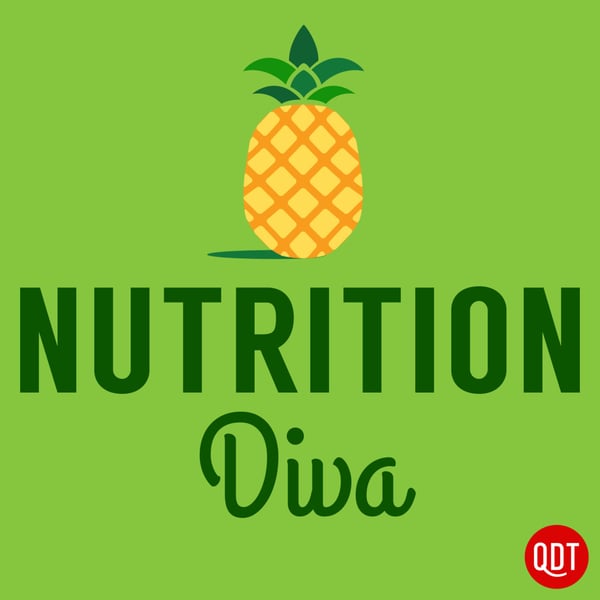483 - Protein Density: How To Get More Protein for Fewer Calories
Nutrition Diva
Macmillan Holdings, LLC
4.3 • 1.7K Ratings
🗓️ 27 June 2018
⏱️ 8 minutes
🧾️ Download transcript
Summary
Transcript
Click on a timestamp to play from that location
| 0:00.0 | Hello, I'm Monica Reinagel, the nutrition diva, here with your quick and dirty tips for eating well and feeling fabulous. |
| 0:12.0 | And this week I have a great tip for getting more protein without |
| 0:15.4 | overloading on calories and I think this will be especially useful for those of |
| 0:19.6 | you on plant-based diets. |
| 0:26.0 | Just a few weeks ago, I talked about the concept of fiber density, |
| 0:31.0 | which is a way of looking at how much fiber of food contains per calorie. |
| 0:36.0 | And as we discovered, some high fiber foods are also relatively high in calories. |
| 0:42.0 | Choosing foods with a high fiber density, which have more fiber per calorie, can |
| 0:46.6 | help you increase your fiber intake without blowing out your calorie budget. |
| 0:51.5 | Well protein can present a similar dilemma especially for |
| 0:54.8 | vegetarians. In order to get the same amount of protein from black beans as I |
| 0:59.6 | would from chicken breast for example I'd have to eat three times as many calories. |
| 1:05.8 | It can be challenging to increase your protein intake using plant-based sources without taking |
| 1:11.3 | in more calories than you need, and this is where the concept of protein |
| 1:15.3 | density can really help. |
| 1:18.3 | Just as we did for fiber density, we can calculate the protein density of a food by dividing the protein by the calories. |
| 1:26.0 | Foods with a higher protein density will provide more protein per calorie. |
| 1:32.0 | So which foods have the most protein per calorie? Well not |
| 1:36.2 | surprisingly animal proteins like meat, fish, eggs, and chicken have a much |
| 1:41.6 | higher protein density than plant-based proteins like beans, nuts, |
| 1:46.5 | seeds and grains. Among the animal proteins that I compared, chicken breast, egg whites, and low-fat cottage cheese have the highest |
| 1:56.6 | protein density. Whole eggs, cheese, and other full-fat dairy products were among the lowest in protein density. |
... |
Please login to see the full transcript.
Disclaimer: The podcast and artwork embedded on this page are from Macmillan Holdings, LLC, and are the property of its owner and not affiliated with or endorsed by Tapesearch.
Generated transcripts are the property of Macmillan Holdings, LLC and are distributed freely under the Fair Use doctrine. Transcripts generated by Tapesearch are not guaranteed to be accurate.
Copyright © Tapesearch 2025.

